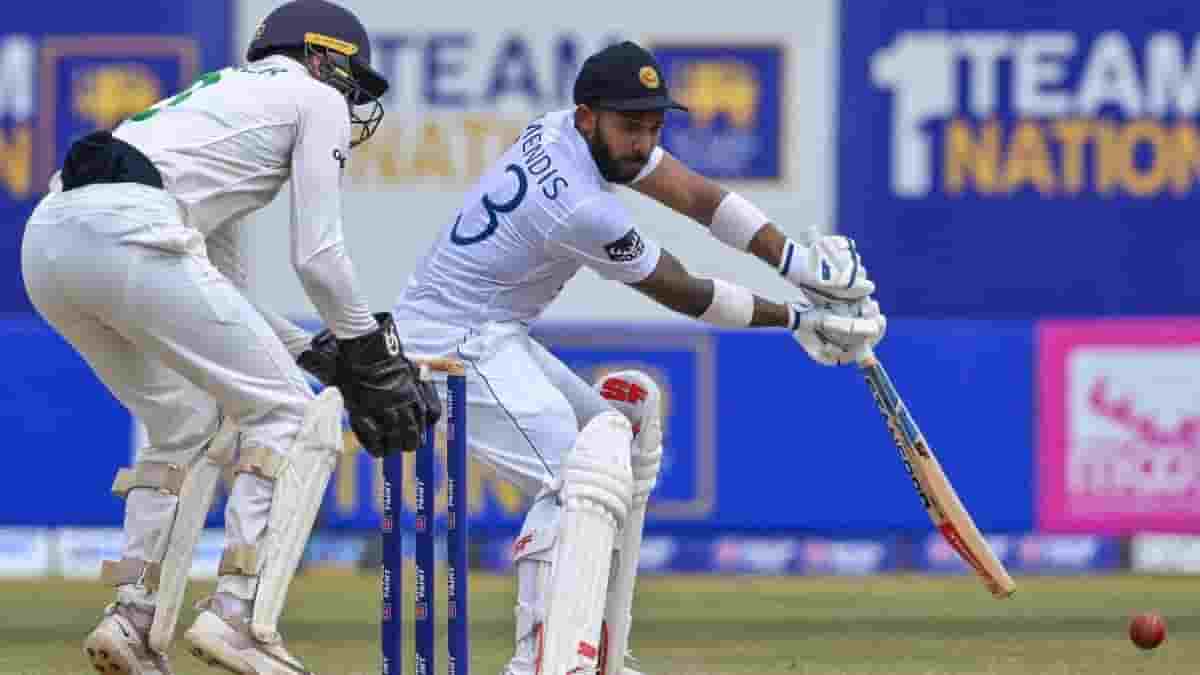 Source: IANS
Source: IANS
In cricket, there are 10 primary types of dismissals, also known as modes of dismissal or ways in which a batsman can be ruled out. These dismissals are governed by the rules of the game and require specific conditions to be met for a batsman to be considered out. Here are the 10 types of dismissals in cricket:
Bowled: This occurs when the bowler delivers a ball that hits the wickets and dislodges at least one of the bails. If the ball hits the batsman’s bat or body before hitting the stumps, it is not considered a “bowled” dismissal.
Caught: When a batsman hits the ball and it is caught by a fielder without bouncing on the ground before being caught, the batsman is considered “caught” and is ruled out. The catch must be taken cleanly without any violation of the laws of cricket.
Stumped: This dismissal happens when the batsman is outside their crease, attempting a shot, and the wicketkeeper collects the ball and removes the bails before the batsman can return to the crease.
Run Out: A run out occurs when the batsman, while attempting a run, fails to reach the crease of the opposite end before the wicket is broken by a fielder’s direct throw.
Leg Before Wicket (LBW): If the ball, delivered by the bowler, would have gone on to hit the stumps but strikes the batsman’s leg instead, and the umpire determines that the ball would have gone on to hit the stumps, the batsman can be given out LBW. However, there are specific rules regarding the position of the batsman, the point of impact, and the path of the ball for this dismissal.
Hit Wicket: This dismissal occurs when the batsman accidentally dislodges one or both of the bails with their bat, body, or any part of their equipment while attempting a shot.
Handled the Ball: If a batsman deliberately touches the ball with their hand without the permission of the fielding team, they can be given out. It is an uncommon form of dismissal.
Timed Out: If a new batsman takes more than three minutes to arrive at the crease after the previous batsman is dismissed, they can be given out “timed out” at the discretion of the umpire.
Obstructing the Field: If a batsman deliberately obstructs a fielder’s attempt to run them out or prevent them from taking a catch, they can be given out for obstructing the field.
Retired: Although not technically a dismissal, a batsman can retire out if they choose to end their own innings and leave the field. This is typically denoted as “retired out” in the scorecard.
It’s worth noting that some forms of dismissal, such as “obstructing the field” or “handled the ball,” are relatively rare and occur less frequently compared to others like “caught” or “bowled.” The decision on dismissals is made by the on-field umpires, who refer to the laws of cricket and their own judgment to determine whether a batsman is out.
Also Read: What is an Illegal delivery in cricket? – A Comprehensive Explanation of the Rules (cricfiles.com)
“Get more breaking news, cricket updates, fixtures, and trending news only on cricfiles.com. Follow us on Facebook or Twitter and Subscribe to our YouTube Channel today.”



